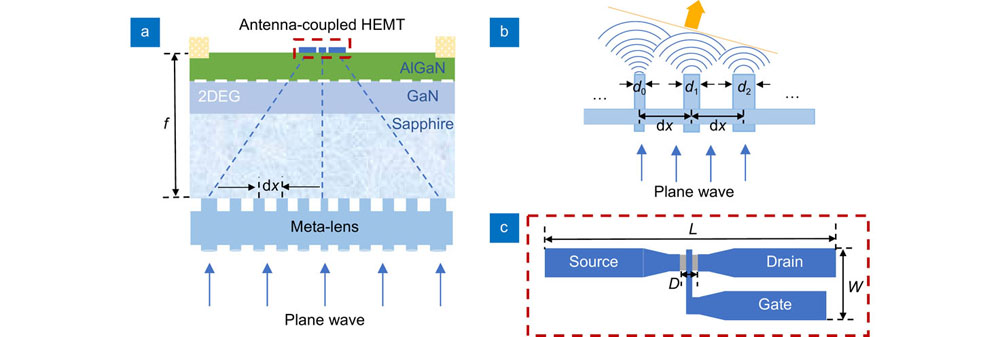Min Ma, Lin Jin, Hua Qin, Jiandong Sun, Lixiang Chen, Yunfei Sun. Design of terahertz focusing lens based on high-resistivity silicon metasurface[J]. Opto-Electronic Engineering, 2022, 49(7): 220032
Search by keywords or author
- Opto-Electronic Engineering
- Vol. 49, Issue 7, 220032 (2022)
Abstract
Keywords

Set citation alerts for the article
Please enter your email address



